
In your face
By way of farewell | Issue 21 | 2022

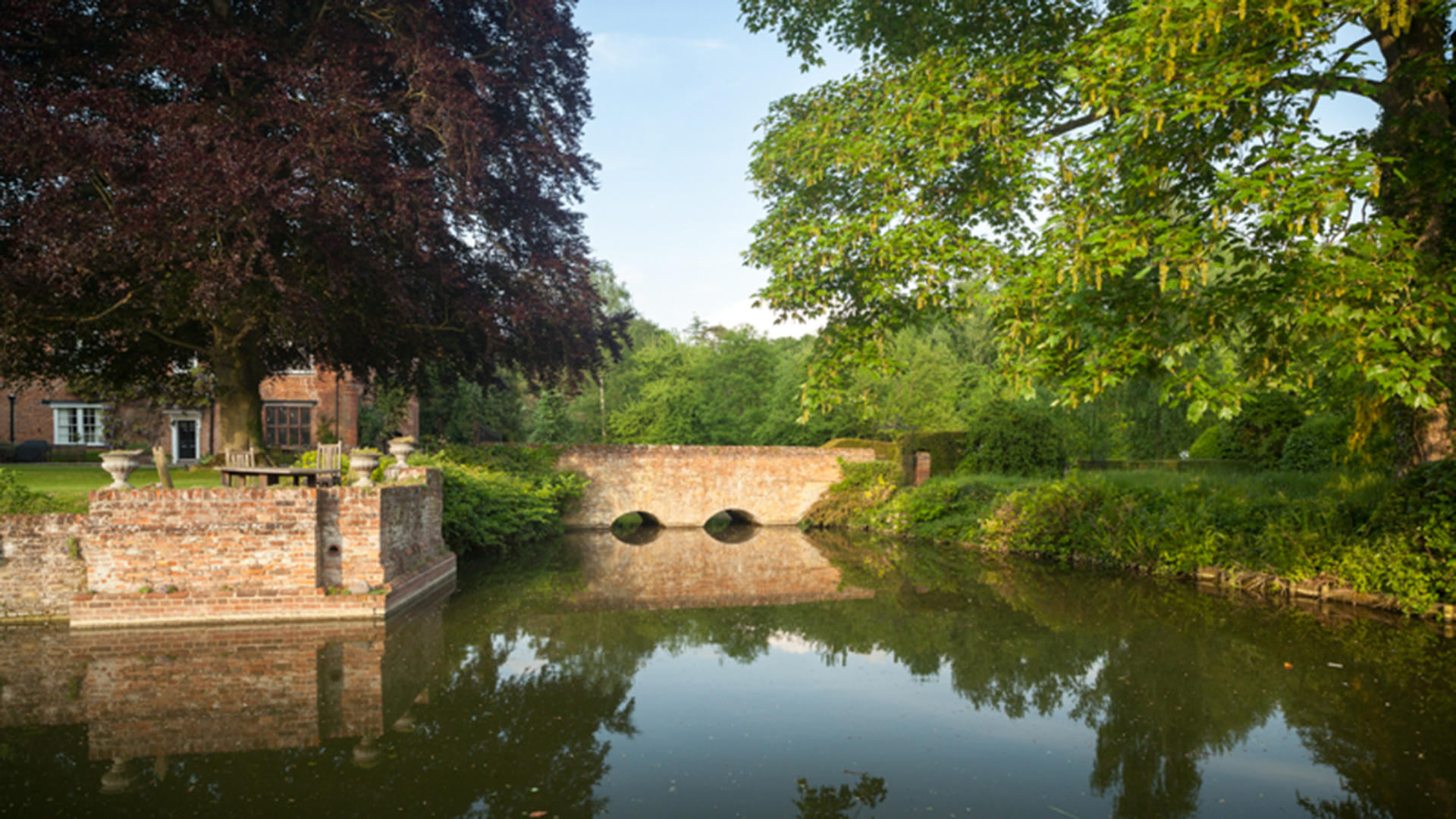
‘I know a bank where the wild thyme blows’
W Shakespeare, A Midsummer Night’s Dream, Act II, scene 1
Every walled garden holds the promise of being a secret garden. You have to find the door. At Chilton, hidden away to the side, there is a wooden door set into the wall. The door is a Tudor gateway, the wall is sixteenth century and the garden it frames sits quietly in the late afternoon sun, part of a wider landscape of fields, trees and water.
Inside the walled garden is an orchard, with quince trees, mulberries and apple trees, and next to the wall is a fig tree, abundant and speaking of warmer climes. Autumn raspberries straddle their canes nearby, and there are gooseberries and blackcurrants. A large vegetable patch occupies one corner of the garden, planted up with rows of fennel, radish, carrot, beetroot and pak choi. Rhubarb spills out of one bed, large, unruly, exuberant. Planted nearby are massed ranks of sweetcorn, potatoes and asparagus.
The stone archways recessed in the wall retain the chimney-space once used for smoking bees in order to calm them. Now, tree peonies and clematis climb over the arches, part of a white garden; to the right, in the border, are early poppies and bearded irises. Down one of a number of herbaceous borders, tulips march in windswept, rain-lashed parade.
Chilton Hall was built in 1550 in Suffolk, in England. Regarded as ‘a building of exceptional national quality’, it is grade 2* listed. The gardens are listed as an historic park and garden. The sixteenth-century wall, built in 1558, is also listed. The Domesday Book of 1086 includes a mention of the land on which Chilton Hall and Gardens now stands. Every step you take, you walk on history.
It is late afternoon when I arrive at Chilton, almost midsummer. Much of the garden is hidden from view at first, as is the house. The driveway—more like a small country lane—is lined with maple trees, their full green branches crowding out the sky. David Hockney’s Royal Academy showing of his Yorkshire artworks comes to mind. Green upon green. Tree, leaf and sky.
The sun slides out from behind the clouds, warming the side of the house and glancing over the leaded windows onto the water in the moat. From the walled garden, across the water, stretches a lawn, which goes up to the rear of the house. The air is quiet, apart from birdsong.
I follow a gravel path over to a woodland garden planted with oaks, poplars and holly. Log piles give shelter to hedgehogs and other wildlife. There used to be reams of snowdrops and daffodils underfoot, but the tree cover has left the cow parsley to grow untrammelled.
Among the oaks, framing a pathway with a seat at one end, is a gothic stone arch. It came to Chilton after a fire in 1838 in the Houses of Parliament.
Down through the trees, the sun shines on mediaeval fishponds—ground-fed, like the moat, and now a refuge for great crested newts and moorhens. In the past, the moat was used to fatten carp. When midsummer came round, the carp were moved to these fishponds for a week, before being judged clean and ready for gutting, cooking and eating.
Nearby is a small summerhouse and a duck pond, which at the height of summer is adrift in white water lilies.
Outside the door to the walled garden, leaned up against the wall, I notice a red wheelbarrow.
Barn owls fly over the fields at dusk and at night you can hear tawny owls. A little owl lives in the walled garden. Somewhere, tucked safely away, are four hens, blue Orpingtons, and eight hives filled with honeybees, next to the borage and other herbs. In a small enclosure on the other side of the house are two peacocks and two peahens. Shy creatures, they shriek only to defend their territory. Set free to wander at will, they climb the trees.
I walk across to a wildflower meadow, bordered by the walled garden with a field over to the right. A blackbird is singing. A wide grass path leads round the edge of the meadow, returning by the back of the walled garden. There is a curve of the moat and a white rowing-boat, upturned on the bank.
I stay a while to absorb the evening stillness of fields, trees and sky, with the light shifting down tone by tone.
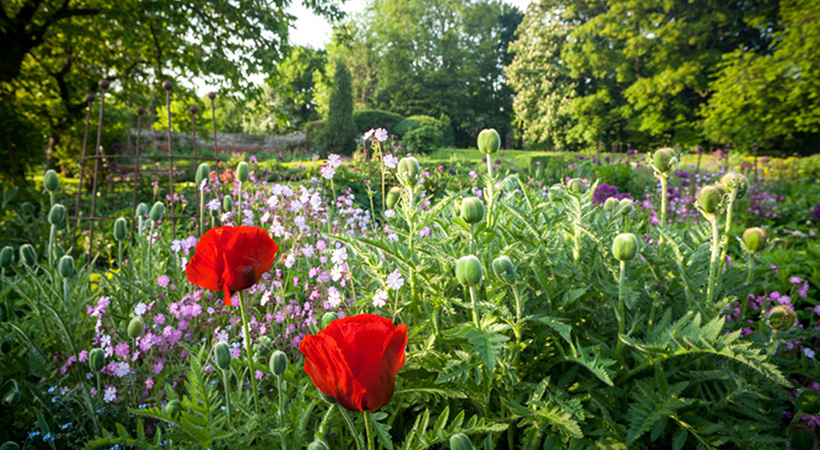
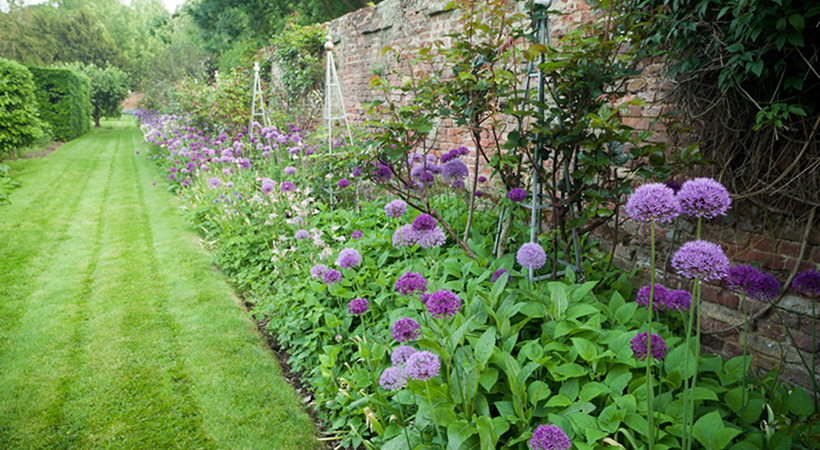
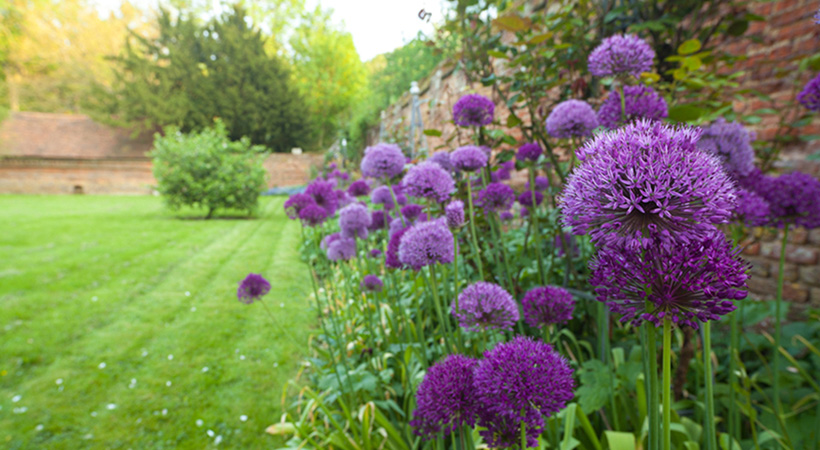
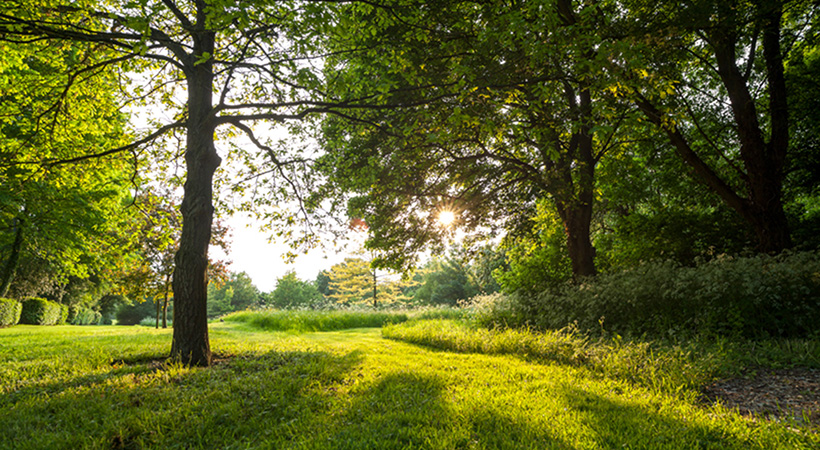
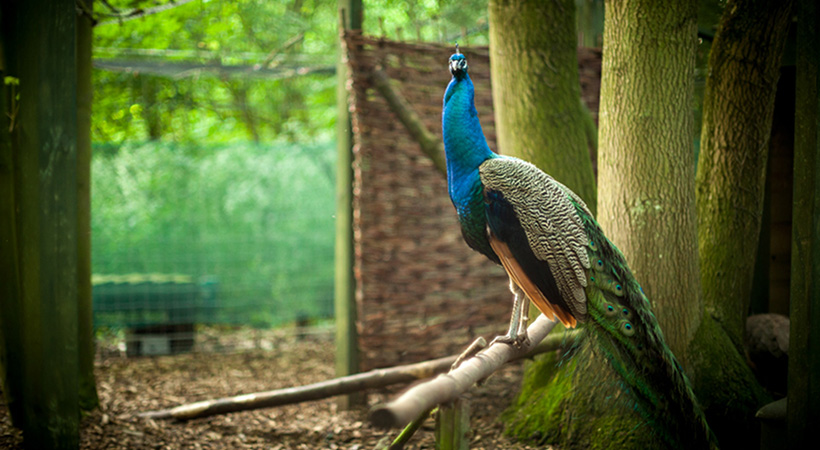
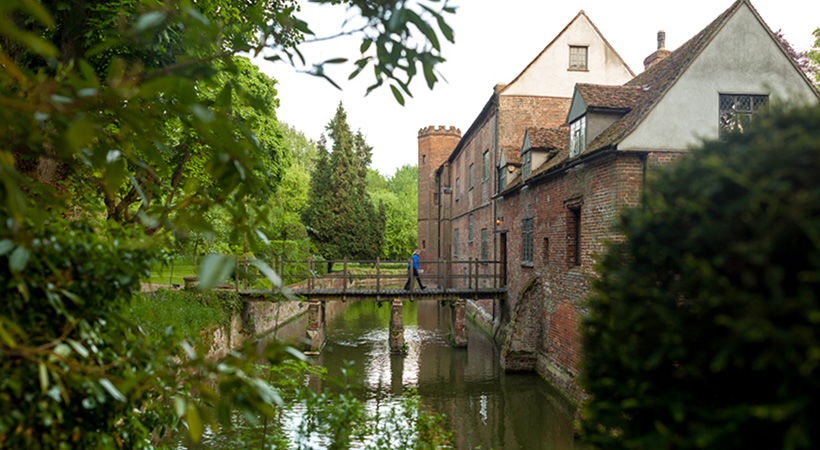
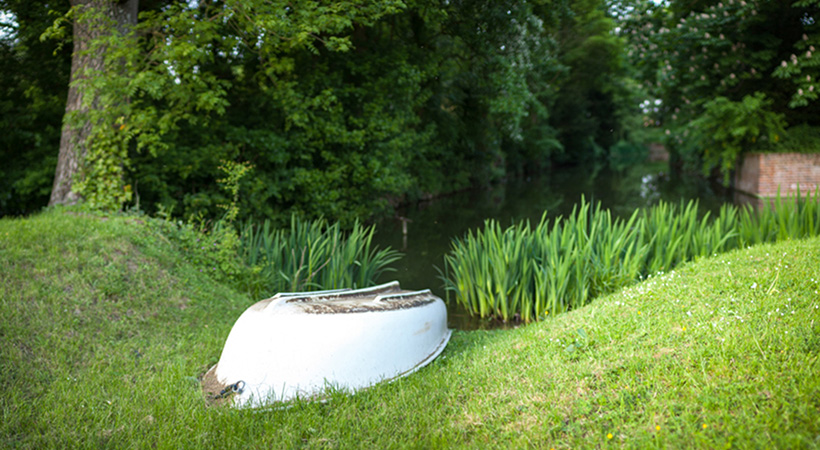
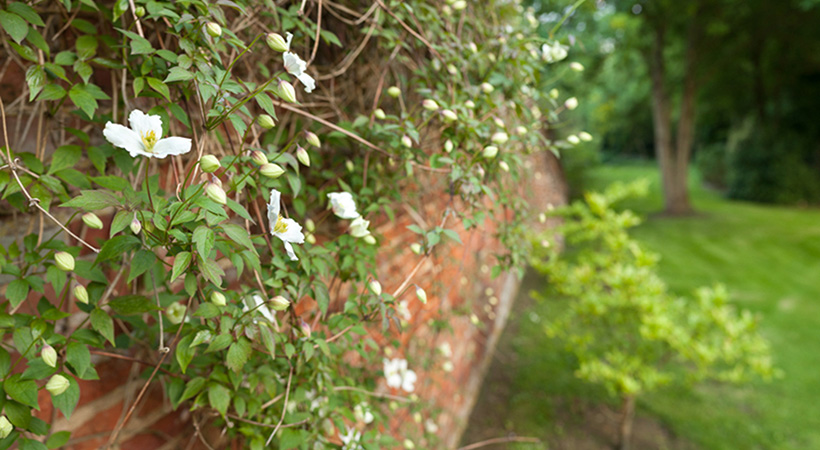
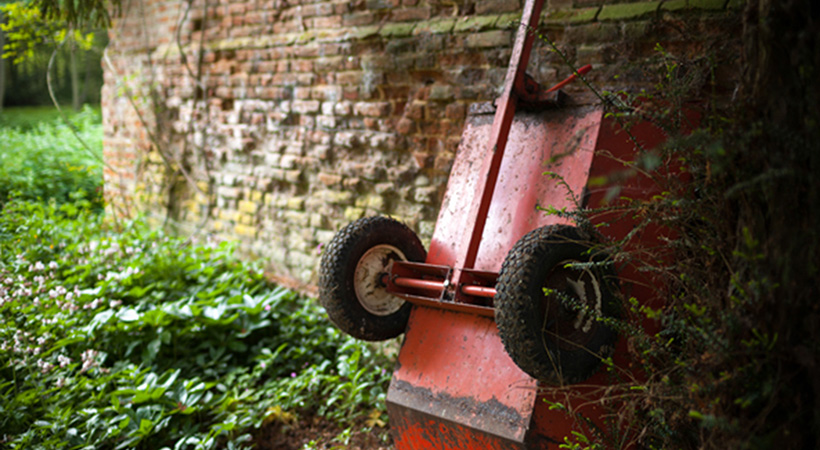
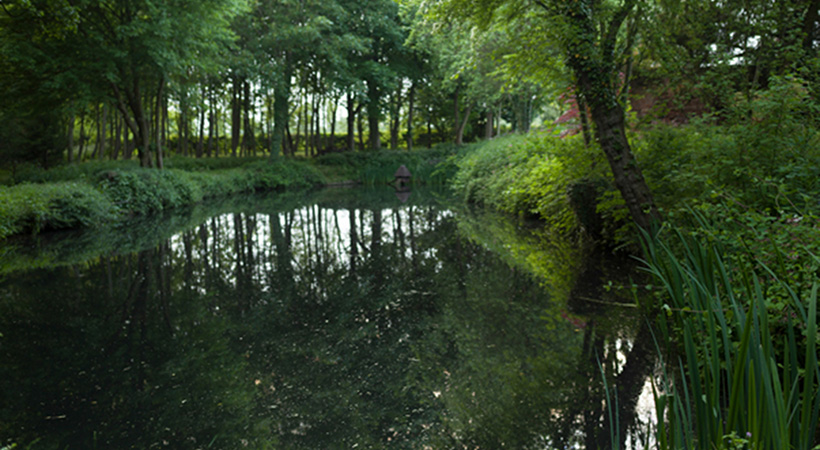
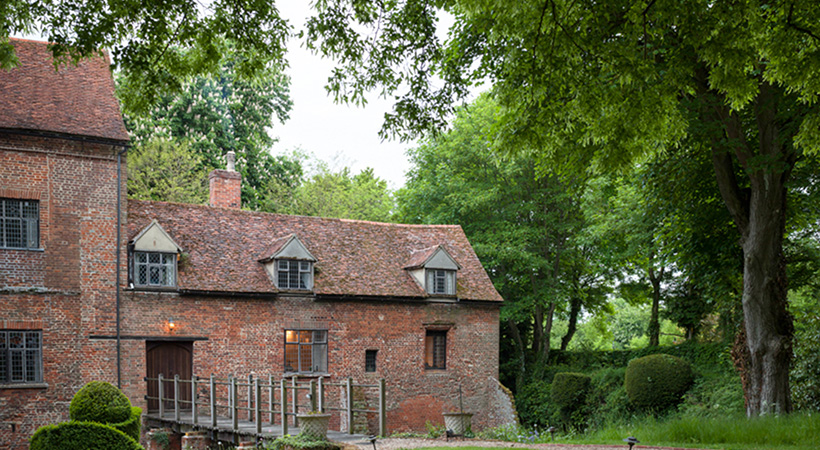
My visit to Chilton was in 2013. I owe thanks to Valerie Davies of Norton Rose Fulbright and to her late husband, Garry Hart, Lord Hart of Chilton. Val and Garry let light into the ponds, dug tons of grit and mushroom compost into the beds to counteract the clay soil, planted hundreds of trees and thousands of bulbs, and cleared the moat of 300 years of leaf litter.
All images © Rob Young 2013
© Norton Rose Fulbright LLP 2025